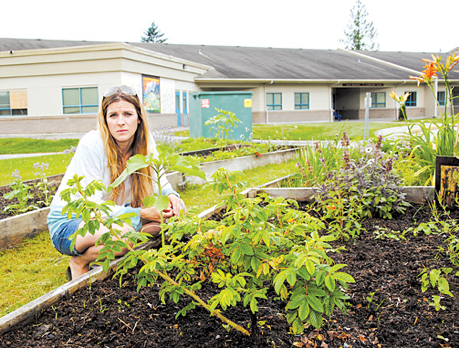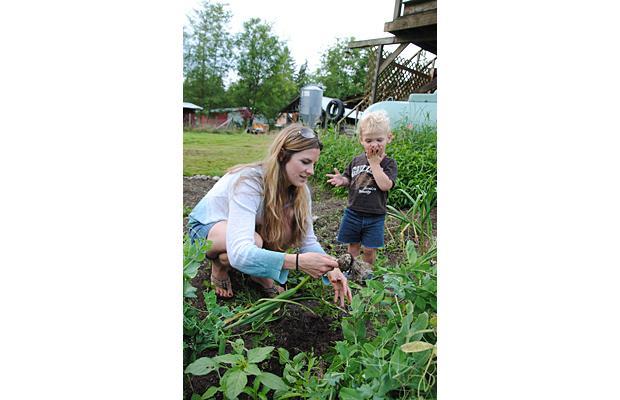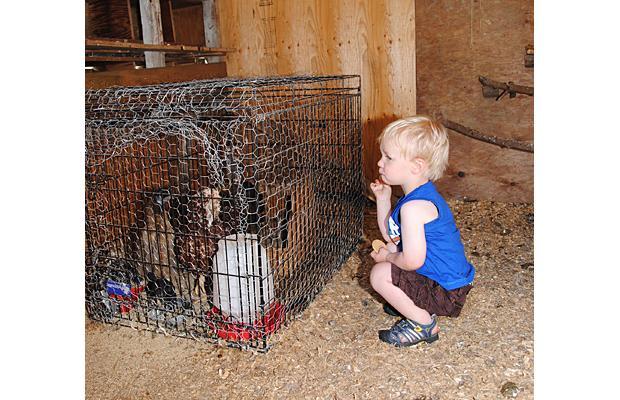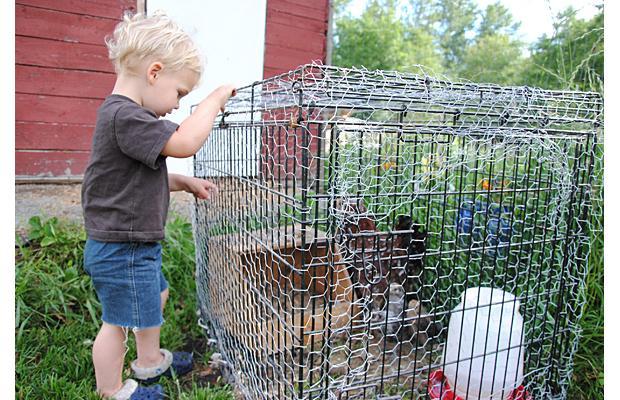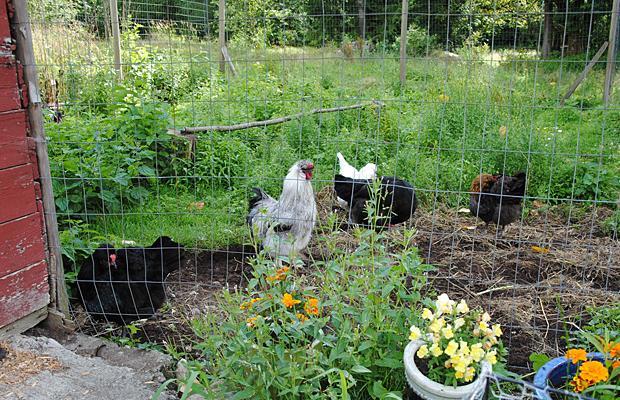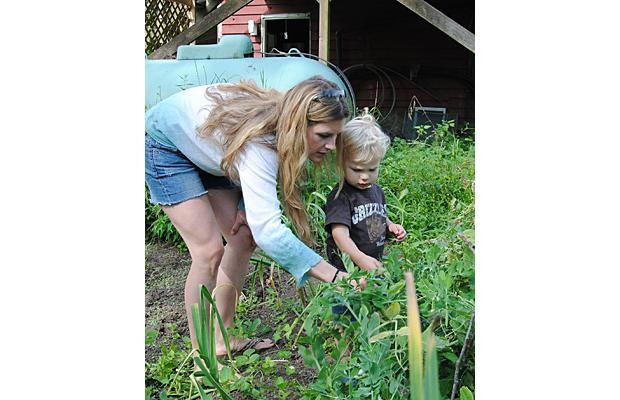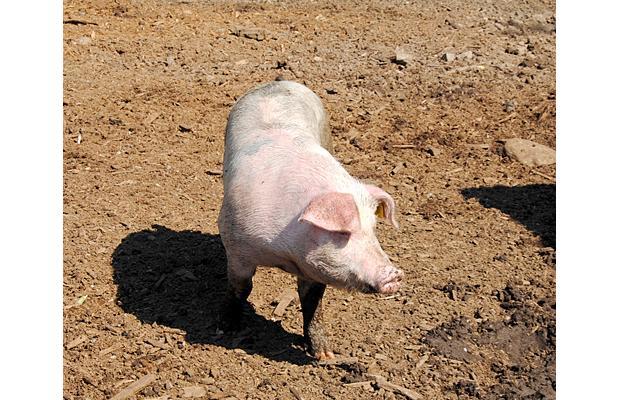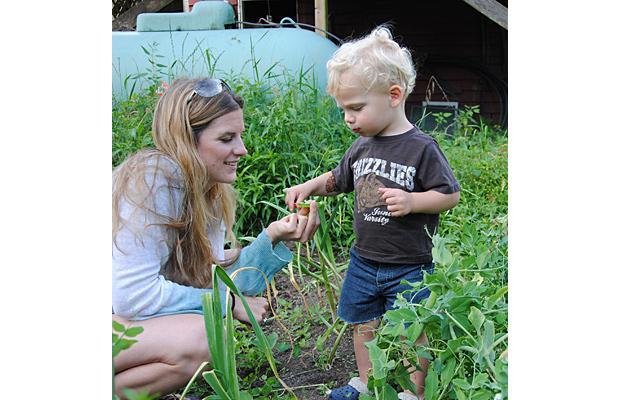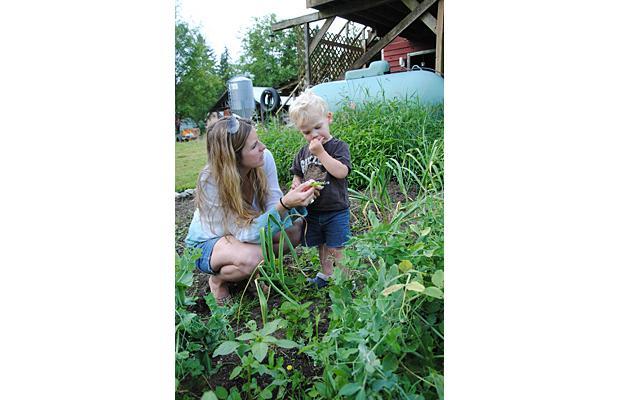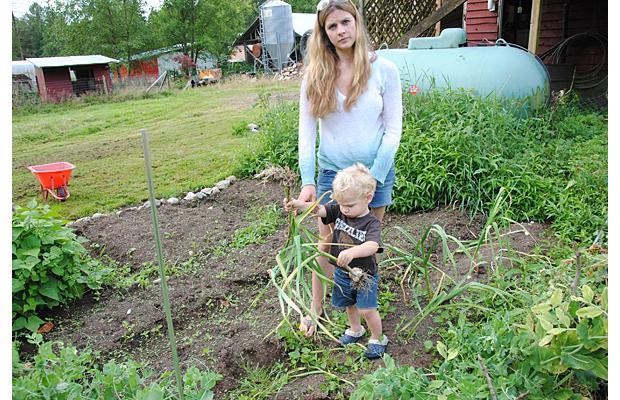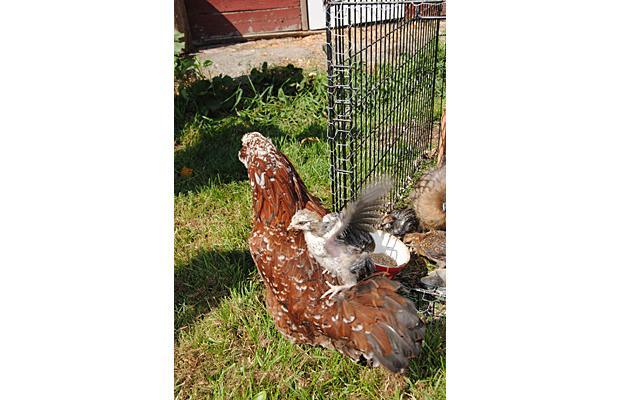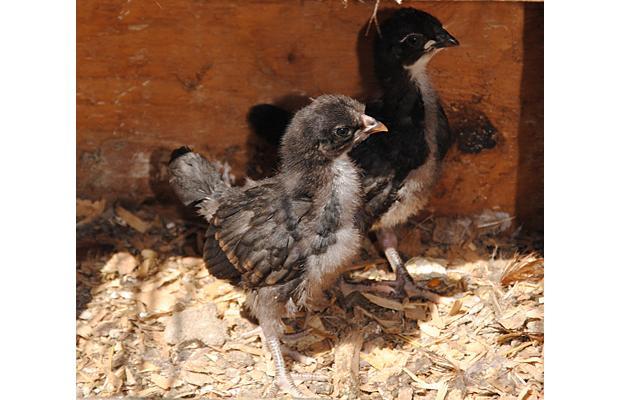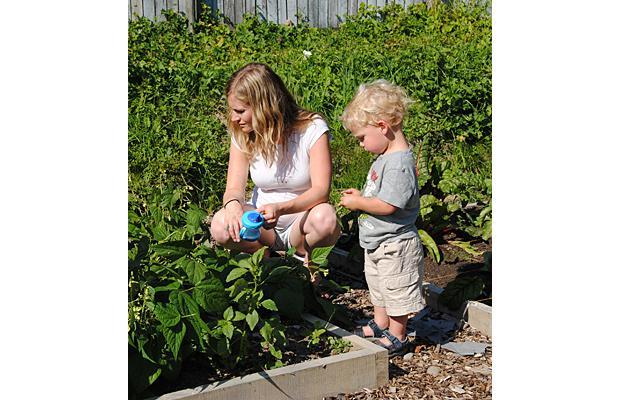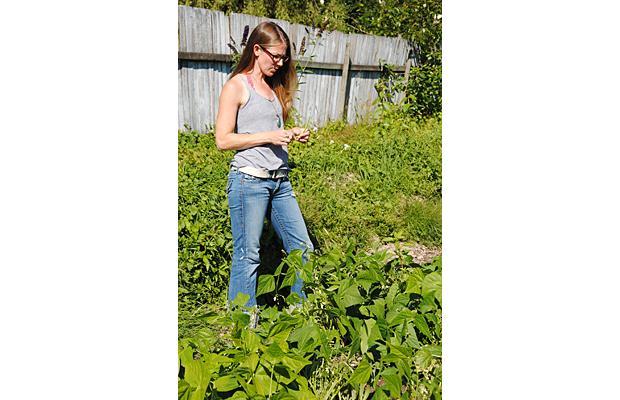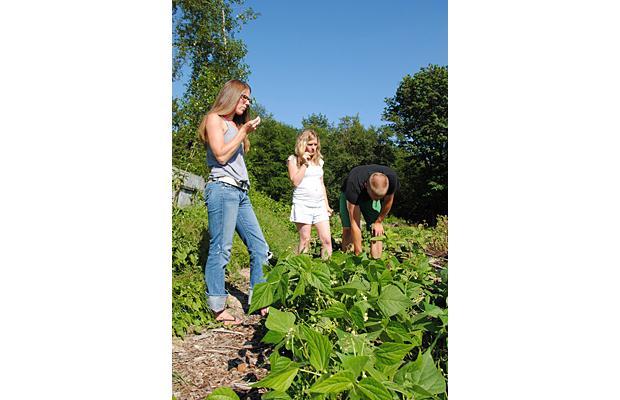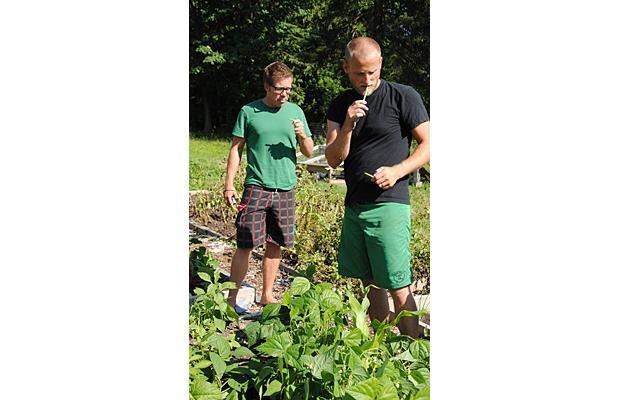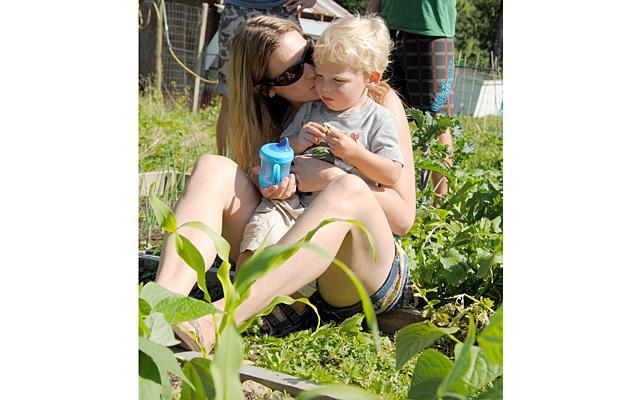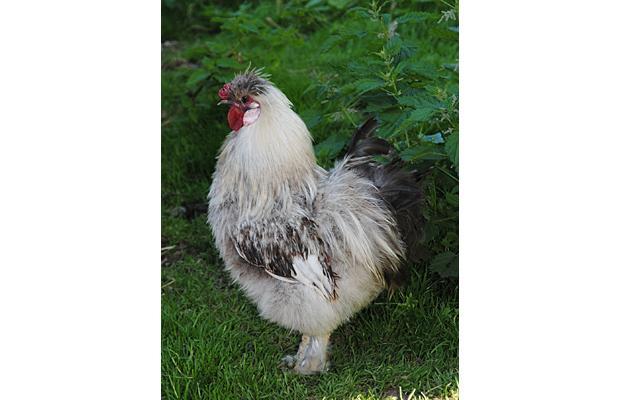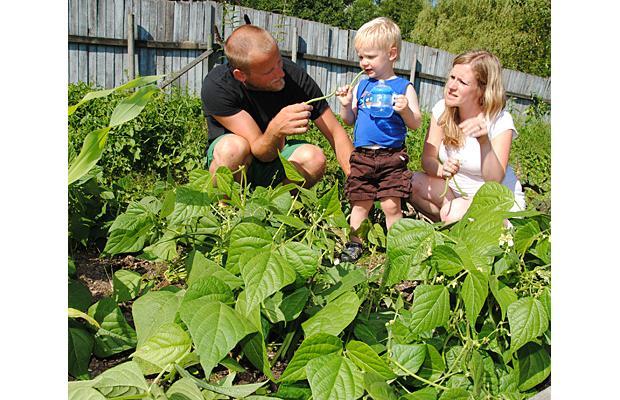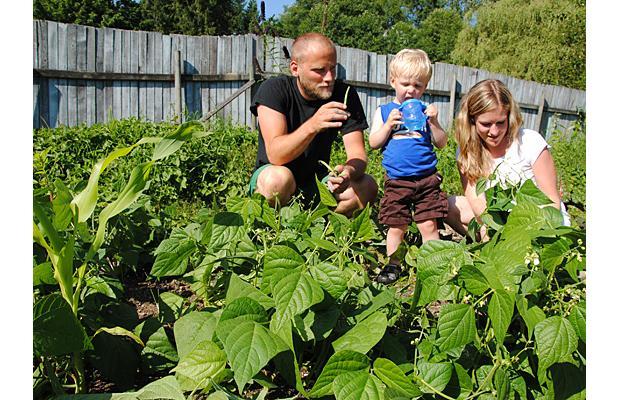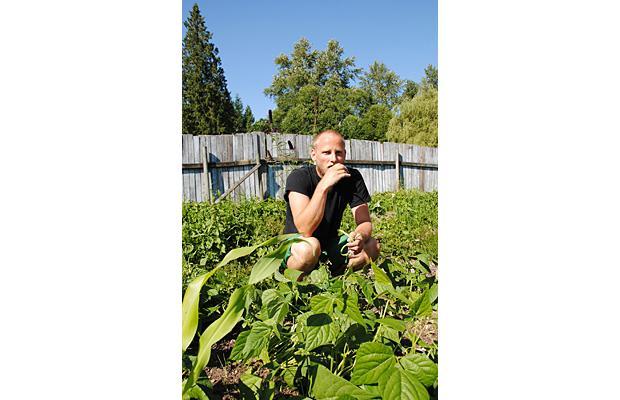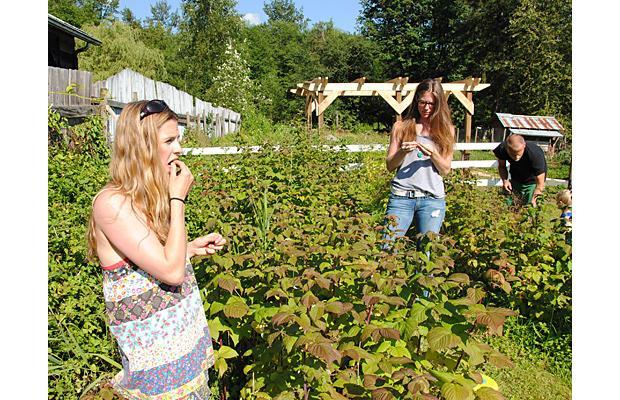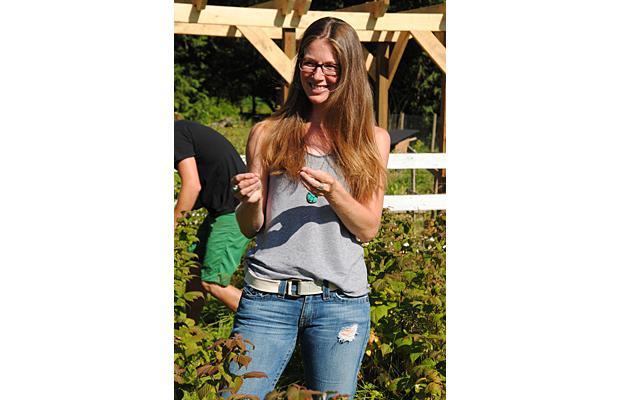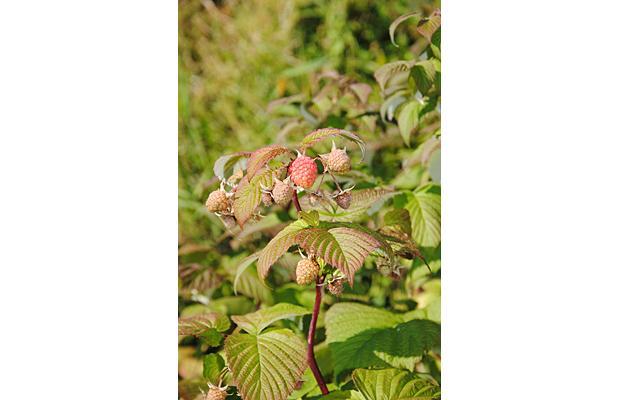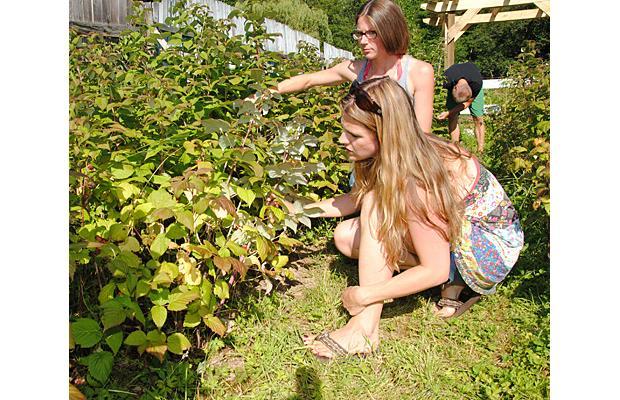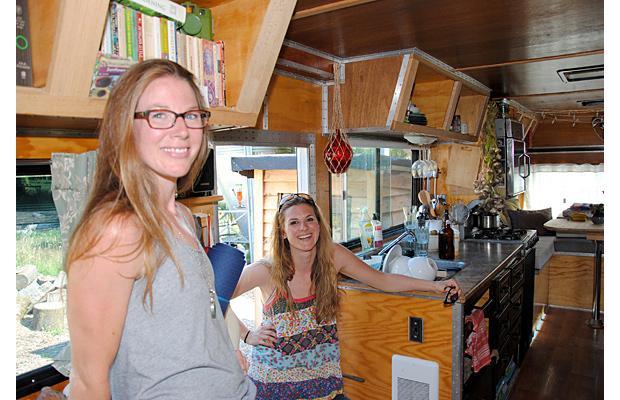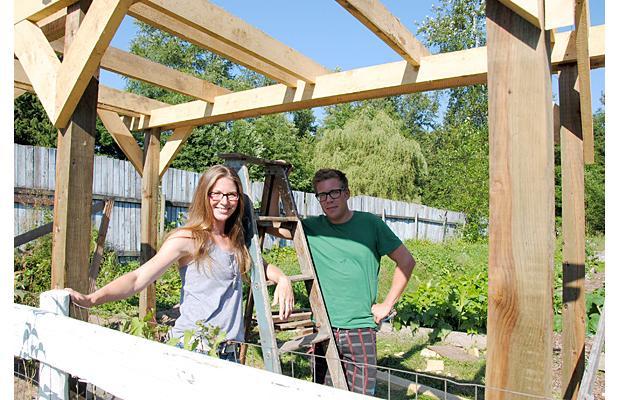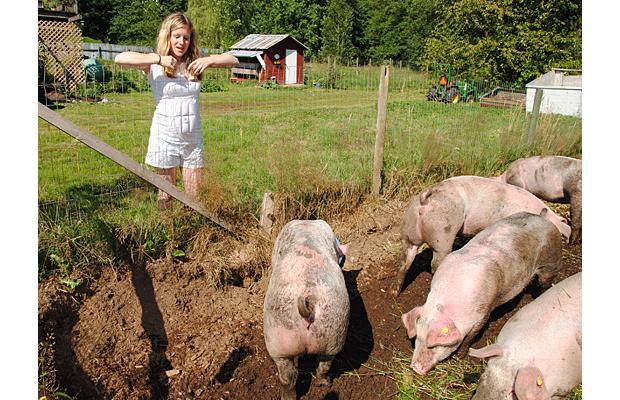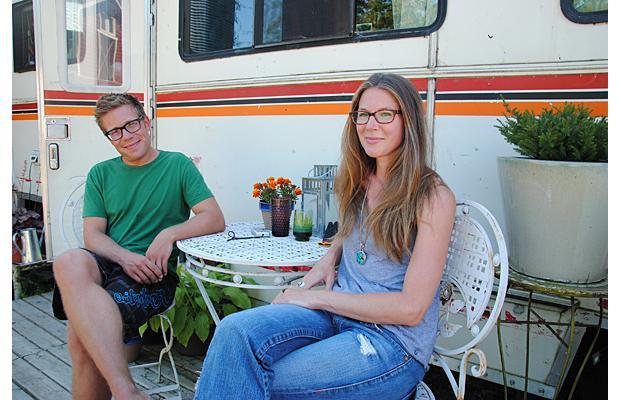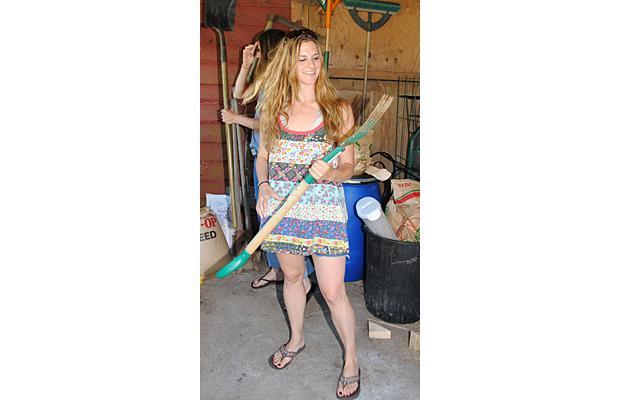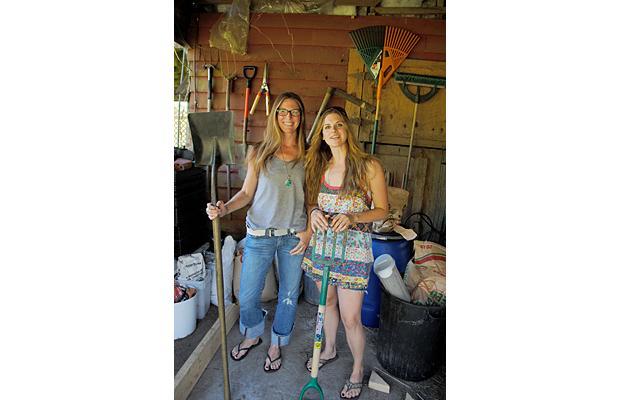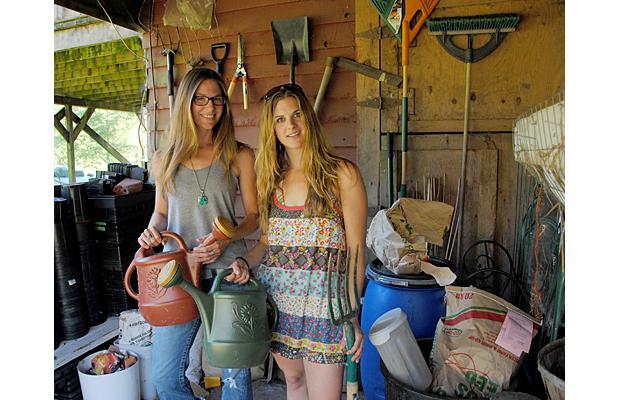I’ve been a little slow at getting this story up here, but better late than never! In August, Julie was featured in this story about community gardens at local schools – go Julie! I love the idea of food gardens being incorporated into school green areas. It seems like an ideal way to educate students about food, gardening and health while presenting a great opportunity for increased community involvement at a real human level. As more schools adopt the idea of community garden beds, hopefully more teachers, parents and community members will hop on board as champions – extending education well beyond the classroom and young minds.
Story (reprinted below) and photograph by Maria Rantanen, Maple Ridge Times.
School gardens blooming as forum for learning
Planting and growing their own food becomes an extension of learning for school children
Gardens are flourishing at schools across Maple Ridge and Pitt Meadows, allowing students to learn in an outdoor classroom.
The first gardens were started in 2006 in school district 42 with a Union of B.C. Municipalities grant, and there are now nine with a 10th one planned for the coming school year.
“[The program] has a huge effect because it teaches families to garden,” said Christian Cowley, executive director of the CEED Centre – the centre for community education on environment and development – who helped set up the gardens.
The garden is an extension of the school, Cowley said, and is meant to be a place of learning.
“The main purpose of the school garden is to do school work in the garden,” Cowley said. This could include subjects like math and English, he added.
Julie Clark was teaching at Blue Mountain Elementary this year.
The school garden was largely driven by the principal Linda Dyck, who saw its inception two years ago. But after Dyck left the school in the fall, the link broke.
In the spring, Clark started ask-ing who was going to take care of the garden. And as it turned out, it fell to her.
Clark pointed out school gardens at Blue Mountain Elementary and at other schools are a great community resource and she hopes that the surrounding neighbourhoods will get involved with them, for example, grandparents or other people who have gardening skills.
“They’re not just for the school – they can be a bridge between the community and school,” Clark said.
Planning and reaching out to the community should start in the fall, though, Clark said, so that in spring when it’s time to plant the community is involved.
The gardens are great for physical exercise and they create a different outdoor environment for classroom learning and socializing, healthy food choices, gaining knowledge of growing food, importance of soil, and the environment, said Christine DiGiamberardine, recreation coordinator of neighbourhood development for Maple Ridge.
The gardens are meant to be neighbourhood school gardens, she said.
The nine school gardens are at Albion, Blue Mountain, Davie Jones, Glenwood, Harry Hooge, Maple Ridge, and Pitt Meadows Elementaries, as well as Maple Ridge and Westview Secondaries.
The 10th is planned for Pitt Meadows Secondary for this upcoming school year.
“In order to sustain the gardens we encourage building relationships with the neighbourhood residents, businesses, community groups… who can all contribute to building, maintaining, and harvesting the gardens,” she said.
But to make the school garden a success, each school has to ensure there is a group of “champions” within and around the school to ensure it’s sustainable, DiGiamberardine said.
Parents have become involved with the school gardens, and DiGiamberardine counts this as a success of the program.
When Maple Ridge Elementary started its garden this spring, about 50 people came to build it, bringing along shovels, rakes, plants, lumber, tools, paint, and brushes.
“It was a wonderful example of people working together – everyone has passion, talent, skills, and resources, something they can contribute,” DiGiamberardine said.
This spring, the Red Barn and Plants, a three-acre farm located at the north end of 224th Street, donated 50 flats of plants to the school district.
Twenty went to Aldridge Acres where the school district has an alternative learning program, and 30 went to the various school gardens.
